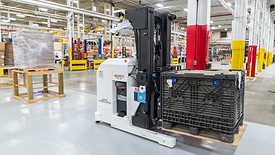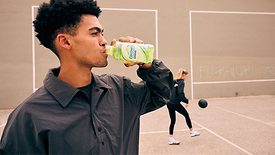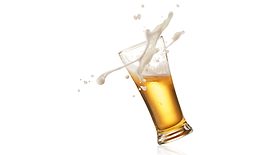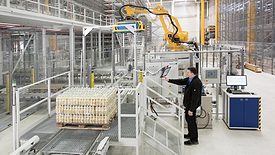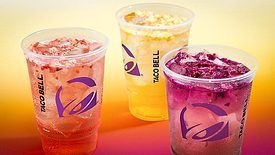Articles by Jessica Jacobsen
AGVs address labor concerns, safety, quality control and more
Read More
Beverage Beat
Celebrity-backed activity proliferates beverage market
Backing often tied to vanguard beverage segments
July 15, 2024
2024 State of the Beverage Industry: Premiumization key for wine, spirits
Ready-to-drink cocktails, super-premium wine outperform overall categories
July 9, 2024
2024 State of the Beverage Industry: Sports drinks embrace everyday wellness
Sports drink mixes sales outpace category performance
July 9, 2024
2024 State of the Beverage Industry: Beer market continues to experience unbalanced performance
FMBs, imports continue to lift beer category
July 9, 2024
Palletizing, depalletizing equipment drives efficiencies in warehouses
Rise in co-packing and sustainability goals impact equipment
July 1, 2024
Restaurants step into milestone year with embracement of digital
Technology, granular menus elevate foodservice operations
June 24, 2024
Beverage Beat
Circana releases 2023 New Product Pacesetters
Functionality fuels New Product Pacesetters , particularly beverages
June 20, 2024
Category Focus
Health awareness drive consumers’ interest in detox, recovery drinks
Rise of GLP-1 weight management drugs could impact detox beverage market
June 18, 2024
As July 4 approaches, beer manufacturers prep for holiday sales
Predictive pricing offers brand owners insights into consumer spending habits
June 13, 2024
Elevate your expertise in the beverage marketplace with unparalleled insights and connections.
Join thousands of beverage professionals today. Shouldn’t you know what they know?
JOIN NOW!Copyright ©2024. All Rights Reserved BNP Media.
Design, CMS, Hosting & Web Development :: ePublishing
